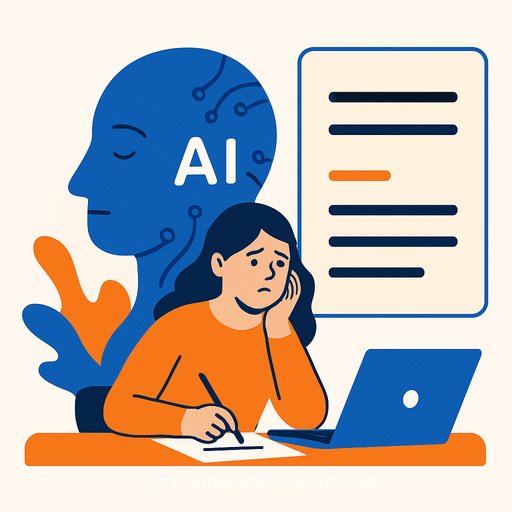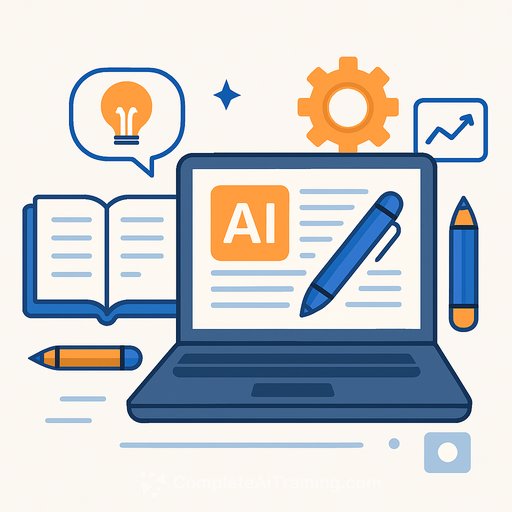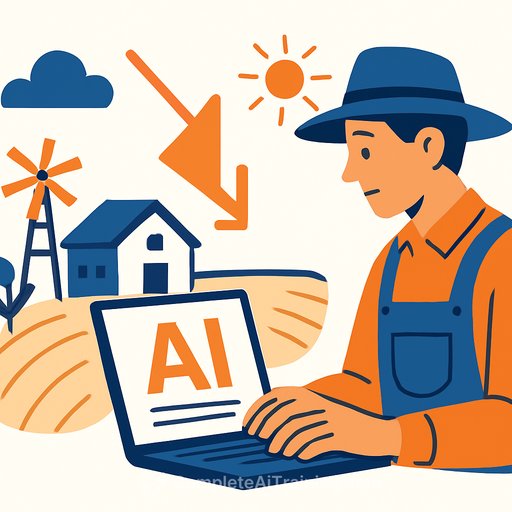The Em Dash and the AI Debate
The em dash — named for its width, matching the metal block once used to print the letter “M” — has long held a unique spot in English writing. For centuries, including since Virginia Woolf’s time, it’s been a favorite tool for adding flair, interruptions, or emphasis. But now it’s caught up in a fresh debate about authorship and artificial intelligence.
Em dashes are everywhere. So much so that their sudden frequent use can raise suspicions that a piece of writing was generated by AI platforms like ChatGPT. Generative AI models tend to lean heavily on em dashes, often inserting them every other sentence, creating a rhythm that feels repetitive and uniform.
This trend has sparked conversations online. Some writers are pushing back, proudly reclaiming the em dash as a mark of authentic voice. Others admit it’s tough seeing a punctuation mark they love become a signal of machine-generated text. The irony? Because AI learns from human writing, it has absorbed the em dash’s popularity and now overuses it as a shortcut to sounding natural without tackling more complex stylistic choices.
Is AI Dulling Critical-Thinking Skills?
The em dash is just one sign a robot may be behind the words. It highlights a broader shift AI brings to writing style — favoring efficiency and uniformity over nuance and variety. Just like the typewriter once shortened sentences and the word processor encouraged sprawling thoughts, AI is nudging prose toward a predictable flow.
For authors, AI itself isn’t a threat. Instead, the overuse of em dashes reveals AI’s limits. Irish-Canadian novelist Anakana Schofield points out that AI models generate text by predicting what should come next based on vast amounts of existing writing — “autofill on steroids.” This leads to grammatically correct but often dull results.
“AI cannot invent,” Schofield says. It lacks imagination. What she values in her work is the texture of imperfection — erratic punctuation, experimental syntax, even failure. These human elements get ironed out by AI, leaving writing that feels bland and middle-of-the-road.
Toronto-based author Craig Davidson, who writes horror under the name Nick Cutter, sees the future hinging on a hunger for genuine human touch. If readers can sense the “human messiness and craft,” there’s still ground to hold. Davidson predicts a divide between writers who stick to traditional methods and those who embrace AI for speed and ease.
Lai-Tze Fan, a researcher at the University of Waterloo, views AI’s role in publishing as an invitation to rethink what writing means. If AI smooths over everything, it might spark a new wave of creative experimentation — digging into the “dirt” of writing rather than polishing it away.
Fan hears many students worrying that using em dashes makes their writing look AI-generated, despite it simply reflecting good grammar. This anxiety echoes past fears when typewritten words replaced handwriting, threatening identity but also opening new artistic paths.
“With painting, we moved from realism to cubism,” Fan notes. “Because what’s the point of painting something perfectly if a camera can do it?” It’s a reminder that technology often shifts creative expression rather than ending it.
What Writers Should Take Away
- The em dash remains a powerful tool for adding personality and rhythm to your writing.
- Be aware that AI-generated text often overuses em dashes, which can make prose feel repetitive.
- Don’t shy away from stylistic risks — imperfection and unique voice will distinguish human writing.
- Use AI thoughtfully, understanding its tendencies and limitations to maintain your authentic style.
Writers interested in exploring how AI impacts writing can find valuable resources at Complete AI Training. Understanding these tools can help you keep control of your voice while navigating new technologies.
In this evolving landscape, the em dash symbolizes more than punctuation: it’s a marker of human creativity and the ongoing dialogue between tradition and innovation.
Your membership also unlocks:






